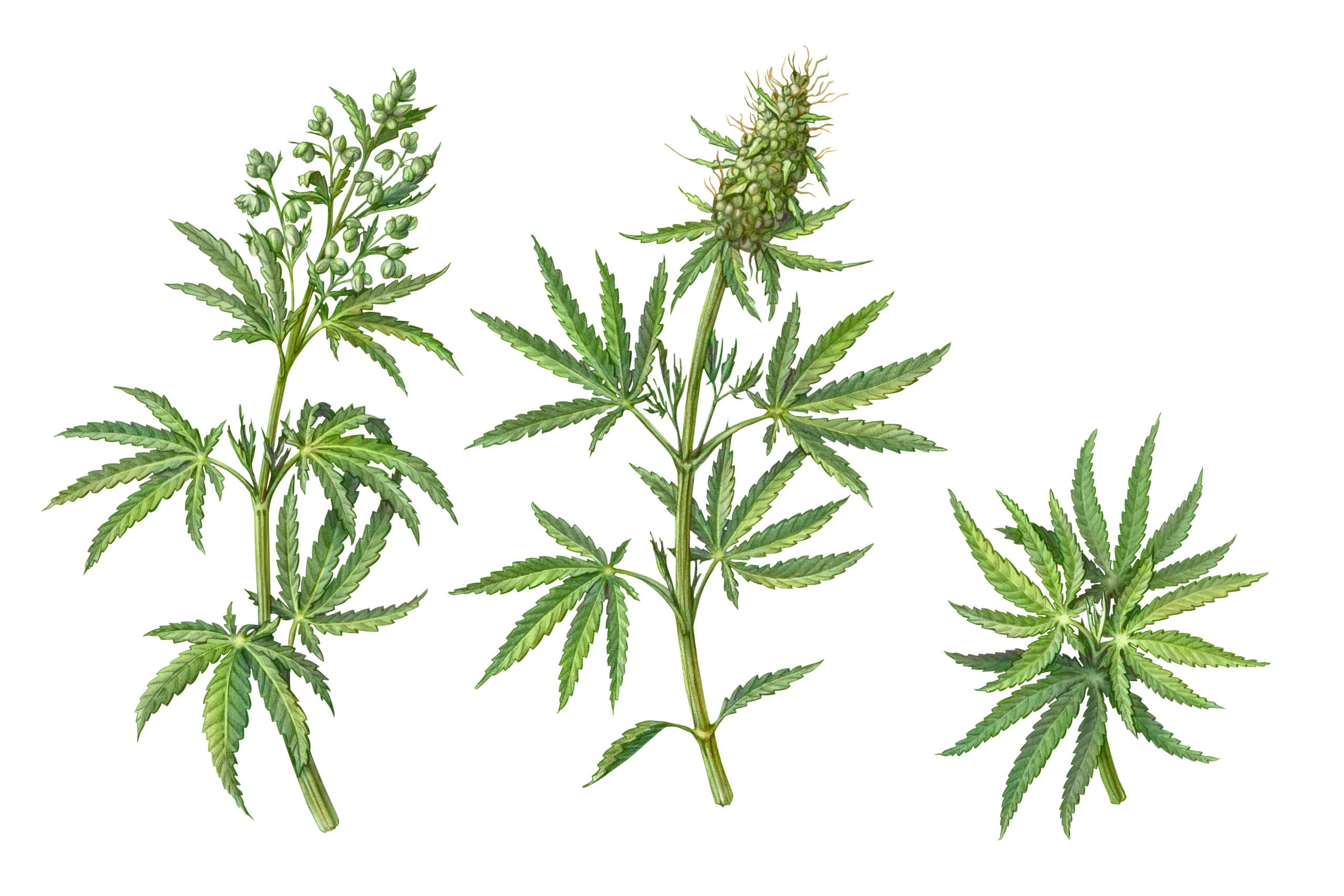The outdoor cultivation of cannabis remains heavily regulated in the state of California, and permitting and licensing can be daunting. At the Coastal San Luis Resource Conservation District, we understand those challenges and have teamed up with the Resource Legacy Fund, which has provided a grant to fund a comprehensive outdoor cannabis cultivation resource guide. Although it is intended to focus on the cultivation operations of San Luis Obispo County and will not include specific guidelines for other counties, the permitting and regulatory guidelines included in this document for state organizations are applicable statewide.

The resource guide clarifies the environmental permitting pathways for outdoor cannabis cultivation and is a critical document for the success of California’s cultivators. The agency processes addressed include those for San Luis Obispo County, State Water Resources Control Board, Central Coast Regional Water Quality Control Board, California Department of Fish and Wildlife, and Department of Cannabis Control.
We deemed it necessary to outline this framework for cannabis permitting in San Luis Obispo County. State initiatives and legislative changes—in addition to ordinances adopted by the various counties—are complex and cultivators can benefit from further explanation.
“Over the last several years, the passage of state initiatives and legislation has led to the need to create a legal framework for cannabis activities in San Luis Obispo County. The San Luis Obispo County Board of Supervisors has adopted ordinances that regulate cannabis operations in the unincorporated areas of the county. The ordinances were created and are being enforced to maintain a safe and healthy community for residents.” – San Luis Obispo (SLO) County website
We provide all the necessary information in one place. Understand that this resource guide will not supersede any direction provided by the organizations listed and should be used only as a supplement on the path to compliance.

What is needed?
The resource guide will focus on the need for the applicant’s Regional Water Quality Control Board (RWQCB), California Department of Fish and Wildlife (CDFW), and local county permits. These are an essential part of a successful application for outdoor cultivation.
Applicants should start by pinpointing which region they will be operating in. They can find their region for the RWQCB here. This will determine many of the factors of regulation.
It is important to gather all information needed, which makes the resource guide valuable to cultivators as it explains everything in detail. For the time being, applicants can access information for the Cannabis Cultivation permits through CDFW here.
Reason for Permit:
Permitting through the county creates the foundation for environmental compliance. The county works closely with the cultivator to gather the necessary information to determine the impact. The various studies and declarations will be necessary to move forward with the state’s permitting process through the Department of Cannabis Control (DCC). This includes a Negative Declaration (ND), Mitigated Negative Declaration (MND), or Environmental Impact Report (EIR). Its foundation is the California Environmental Quality Act (CEQA).
Licensing process:
The licensing process is long and complex. It is important to get started early and get organized. We suggest that you use the application resources found here. This page outlines the intricacies of licensing systems. These include state regulations, application information, and instructions on properly filling in the application.
The process is mostly linear. When an applicant applies for a state cannabis license, it is mandatory that all city and county permitting requirements are completed. A detailed outline of these steps can be found here.
License type:
To fully understand what you need to start your own cannabis business, it is critical to decipher which license type is required. Licensing types can range from outdoor, indoor, cultivation, manufacturing, and more. A list of different types of licenses can be found here.
Cultivation license types are based on the type of production and lighting used and the number of plants grown or the size of the canopy. The canopy is the area where mature (flowering) plants are grown. Some cultivation license types include specialty cottage, specialty, small, medium, large, nursery, and processor. All of these types have size specifications that can be found here.
Further research:
For more information and resources, the UC Berkeley Cannabis Research Center provides a list of best legalization practices, management recommendations, environmental effects, and more. Along with helpful publications that detail important steps that can be taken to further knowledge for cannabis growers, they provide videos, webinars, and science briefs. More information and publications can be found here.

Why GRASS-C:
GRASS-C is a tiered market-incentive certification program for environmentally responsible cannabis production in California. At Grass-C, we are focused on providing stewardship, social sustainability, and regulatory requirements. With the passage of Proposition 64, Upper Salinas Las Tablas Resource Conservation District (USLTRCD) recognized a unique opportunity to take a proactive approach to work with legal cannabis growers in our area. Given the fact that many cannabis operations had been operating outside of regulatory statutes, they were possibly unaware of many resource issues, and USLTRCD felt the need to provide technical expertise and work at the ground level with local growers.
